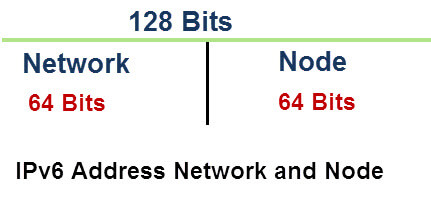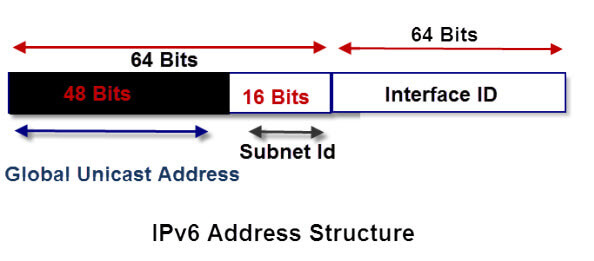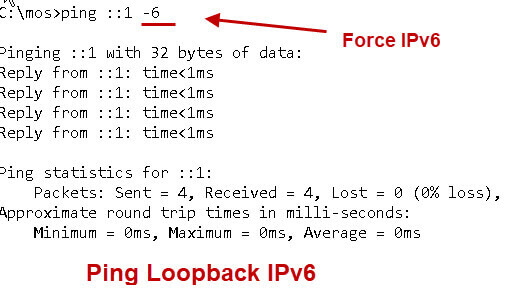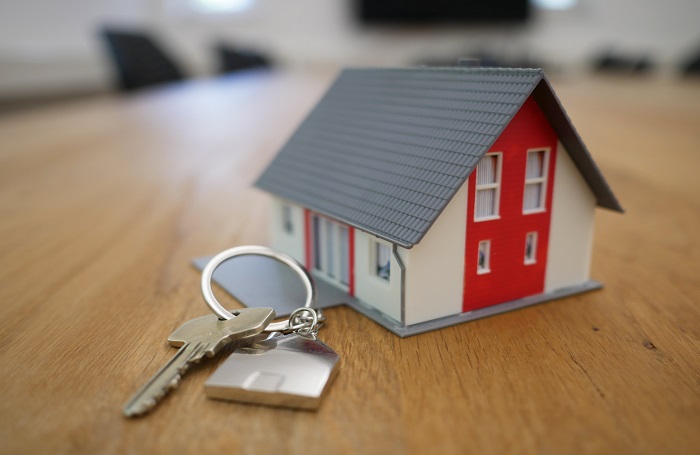
Before proceeding with the subject, you must know about IPv6. It is the Internet Protocol version.
It is one of the latest versions of Internet Protocol. You will get it on modern mobile phones. This tool will provide the communication protocol that provides an identification and location of computers across the internet.
You must adopt specific tips and tools to use IPv6. In the next few lines, you will get some guidelines for using IPv6.
This piece of information will help you to a great extent in handling the matter. It will help you.
Steps for the beginners:
Here are some of the steps that can be used by beginners.
IPv6 addresses
It can be rightly said that IPv6 uses 128 bits in IPv6. These addresses are written by using hexadecimal.
If you observe the binary numbers you will understand the whole matter. The main thing is that hexadecimal uses 4 bits.
It simply signifies that the address of IPv6 uses 32 hexadecimal numbers. These numbers are divided into 8 groups or blocks whichever is applicable.
You will find that these numbers are written by using colons. Kindly have a look in the diagram given below.

Network And Node Addresses
It will be interesting to know that IPv6 is divided into two components and they are network component and the node component. They play a crucial role in this part.
The upper part consists of 64 bits and they are mainly applied for routing. On the other part, the lower 64 bits are mainly used for the user interface node.
If you look or have a glance at the upper part of the bit you will get a clear picture. You will see that they have split I into 2 blocks each of 48 blocks and 16 bits respectively.
The lower 16 bits are mainly used for subnets. They are also controlled by network administrators.
If you look into the below diagram you will get a clear conception of the nodes.

Address Types and Scope
The IPv6 addresses are of several types. The first one is the Global Unicast Address. The second one is Unique Local and the third one is Link-local. Each of these categories has a different set of functions and works.
The first one is routed on the internet. The second one is not routed on the internet and the third one is not routed either internally or externally.
They have a different set of rules for functioning. You must know each of them specifically to carry out the work successfully in each case. The 48 bits are applied for global network addresses. Let us have a look at it.

Global and Public Addresses
Global and public addresses are always routable on the internet and starting with 2001.
These addresses are coined as Global Public addresses and they are also known as public addresses.
They are equivalent and the same as IPv4 networks.
Link Local
Link-local is mainly meant and used for internal work. As usual, they are never routed on the internet.
You can easily identify link local because they are represented by fe80.
They are always restricted to the link. It is seen that link local addresses are self-assigned.
They do not require a DHCP server. They are not required on every IP6 address.
Unique Local
Unique local is always used for an internal network. The main thing is those are used for the internal network but is never used for the internet.
This is the main character of the product. They are always equivalent to IPv4. Space is divided and classified into two spaces.
In the case of a manual assignment by an organization, you have to use fd00 prefix.
IPv6 LoopBack
The IPv6 addresses are appeared in :1 form. You can ping it as follows.

The main advantage of using IPv6 is as follows
You can use IPv6 in abbreviations. They are mostly represented by using colons. This is the most convenient way of doing and dealing with IPv6.
A link local address is actually derived from the MAC address. It is the actual source of the address. Sometimes IPv4 is used and applied for handling IPv6.
It is seen that Dual stacking is used for and provides for both IPv4 and IPv6. It is also applied during the transition period or phase.
To use IPv6 you have to log into the web-based interface of the router. You can also go advanced.
Now enable IPv6 and select the internet connection and type provided by your ISP. Then fill in the information and use it by different connection types. In the last part, configure the LAN ports.
It is also an essential part of the item. You have to follow the steps one by one. If you miss one step, you will create a mess. It is one of the main parts of the system that is to be followed.
Thus it can be well-assumed from the whole discussion that IPv6 occupies an essential part of the system. It has made a lot of work easier and simple.
It is also faster than the other ones. It is also another advantage of using the system. You will get complete satisfaction with work.









